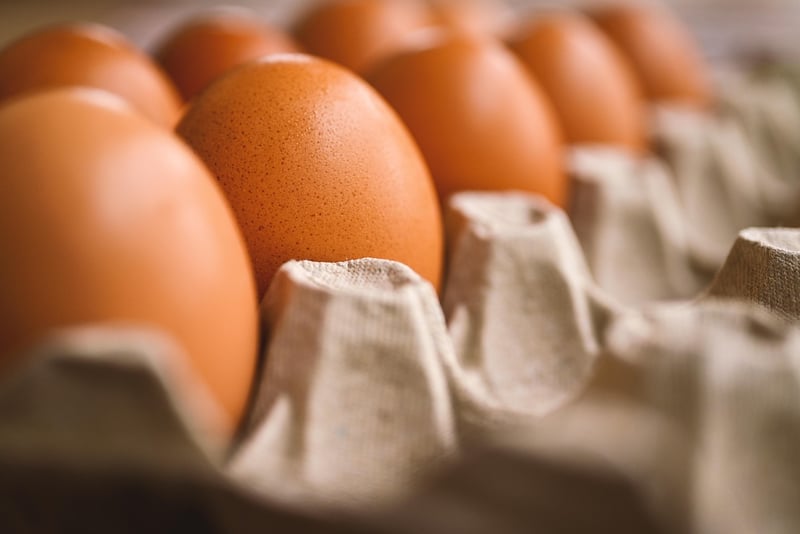Storage
Maximizing Yield and Quality of Produce: Tips for Storage

Tips for Maximizing Yield and Quality
Proper storage of produce is essential for maximizing both yield and quality. Here are some tips to help you achieve optimal results:
1. Temperature Control
Maintain the appropriate temperature for each type of produce. Some fruits and vegetables require refrigeration, while others are best stored at room temperature.
2. Humidity Levels
Monitor and adjust humidity levels in storage areas. Certain produce items, like leafy greens, benefit from higher humidity, while others need drier conditions.
3. Air Circulation
Ensure good air circulation in your storage area to prevent the buildup of ethylene gas, which can cause produce to ripen and spoil more quickly.
4. Proper Packaging
Use appropriate packaging to protect produce from damage and contamination. For example, store herbs in airtight containers and delicate fruits in padded bins.
Storage Recommendations
Here are some general storage recommendations for common types of produce:
Fruits:
- Apples: Store in the crisper drawer of the refrigerator.
- Bananas: Keep at room temperature away from direct sunlight.
- Berries: Refrigerate in a breathable container.
Vegetables:
- Leafy Greens: Wrap in a damp paper towel and store in a plastic bag in the refrigerator.
- Root Vegetables: Store in a cool, dark place with good ventilation.
- Tomatoes: Store at room temperature away from direct sunlight.
By following these storage tips and recommendations, you can extend the shelf life of your produce, reduce waste, and enjoy fresh, high-quality fruits and vegetables for longer.
